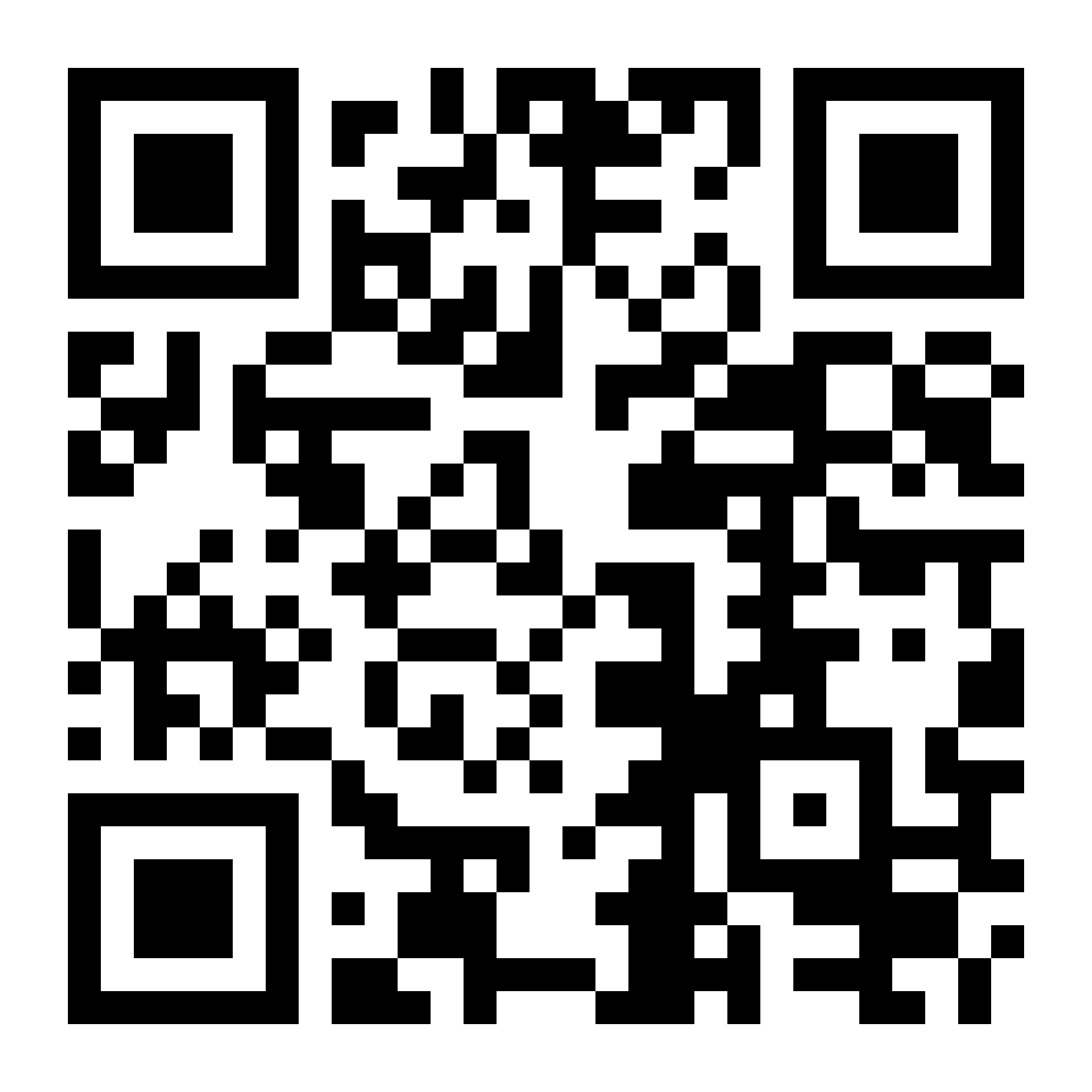Cheques remain a widely used payment method in both personal and business banking. Knowing how to fill a cheque accurately helps prevent errors, delays, or even rejections. This guide walks you through the essential components, types of cheques, how to fill one correctly, and best practices to follow. For business owners interested in financial options, you can check your business loan eligibility to better understand your borrowing capacity.
What is a cheque?
A cheque is a written, dated, and signed instrument that directs a bank to pay a specific sum of money to the bearer or the person named on the cheque. It acts as a secure and traceable mode of payment in both personal and commercial transactions.
Components of a cheque
- Payee's Name: The person or organisation to whom the cheque is issued.
- Date: The date on which the cheque is written, usually in DD/MM/YYYY format.
- Amount in numbers: The payment amount written in digits in the box provided.
- Amount in words: The same amount written in words to avoid manipulation.
- Account holder’s signature: The authorised signature of the account holder.
- Cheque number: A unique serial number usually found at the bottom.
- IFSC and MICR codes: Printed codes used for electronic and physical clearing.
- Bank details: Includes the branch name and address.
Different types of cheques
- Bearer cheque: Can be encashed by any holder of the cheque.
- Order cheque: Payable only to the person named or their authorised agent.
- Crossed cheque: Can only be deposited into a bank account, not encashed directly.
- Post-dated cheque: Dated for a future day; not valid for encashment before that.
- Stale cheque: Presented after the expiry of its validity (typically 3 months).
- Open cheque: Not crossed and can be encashed directly at the bank.
How to fill a cheque?
- Write the date in the top-right corner.
- Mention the payee’s name clearly on the “Pay” line.
- Write the amount in numbers in the designated box.
- Write the amount in words to avoid discrepancies.
- Sign the cheque in the bottom right corner, matching your bank records.
- Avoid overwriting or leaving blank spaces.
Best practices while writing a cheque
- Always use a blue or black ink pen.
- Write clearly and avoid overwriting.
- Fill in all fields completely.
- Draw a line through unused space after the amount in words.
- Never sign a blank or partially filled cheque.
- Store cheque books in a safe and secure place.
Advantages and disadvantages of using a cheque
| Advantages | Disadvantages |
|---|---|
| Secure mode of payment | Slower than digital payments |
| Traceable and can be recorded easily | Risk of cheque bounce due to errors/funds |
| Suitable for large payments | Requires manual handling and verification |
| Accepted widely in formal transactions | Validity limited to 3 months (in most cases) |
Conclusion
Cheques are a reliable and formal mode of payment when used correctly. By understanding the different types, components, and correct way to fill them, you can ensure secure and error-free transactions. For businesses looking to manage cash flow or working capital efficiently, a business loan can be a flexible financing option. You can also check your pre-approved business loan offer to find out if you have access to quick and hassle-free funds.

















